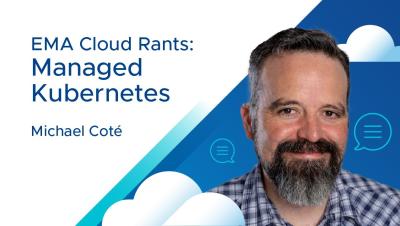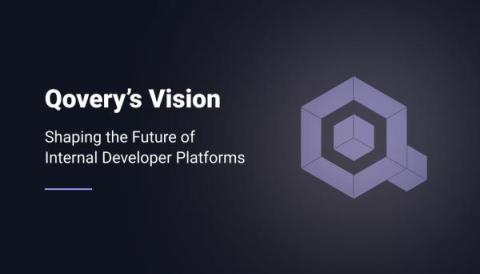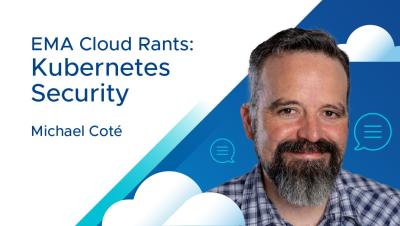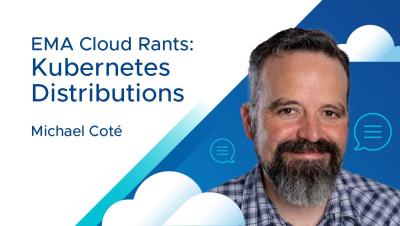Operations | Monitoring | ITSM | DevOps | Cloud
Containers
The latest News and Information on Containers, Kubernetes, Docker and related technologies.
Kubernetes Deep Dive: Key Features, Visibility and Optimization
Kubernetes or K8s is an open-source production-grade container orchestration system for automating, scaling, and managing containerized applications. A container is a lightweight, standalone, executable ready-to-run software package that contains everything needed to run an application. It includes the runtime, code, libraries, systems tools, and default values for any essential settings.
EMA Cloud Rants: Managed Kubernetes
How to fix and prevent ImagePullBackOff events in Kubernetes
You'll often hear the term "containers" used to refer to the entire landscape of self-contained software packages: this includes tools like Docker and Kubernetes, platforms like Amazon Elastic Container Service (ECS), and even the process of building these packages. But there's an even more important layer that often gets overlooked, and that's container images.
Qovery's Vision: Shaping the Future of Internal Developer Platforms
Kubernetes Unpacked: Driving Enterprise Success with Cloud-Native
EMA Cloud Rants: Kubernetes Security
Why should you add value in cloud-native? Explained by Bart Farrell
Six Types of Metrics Product Managers Should Know
Setting and tracking appropriate target metrics are an important part of a product manager’s job. Goals must be defined, not just as inspiring vision statements, but also as quantifiable targets that can be objectively measured. Metrics can be deployed in different contexts and for purposes; however, useful metrics in one scenario can be misleading in regards to another. The problem comes when you’re not clear about what kind of metric you’re trying to set.











